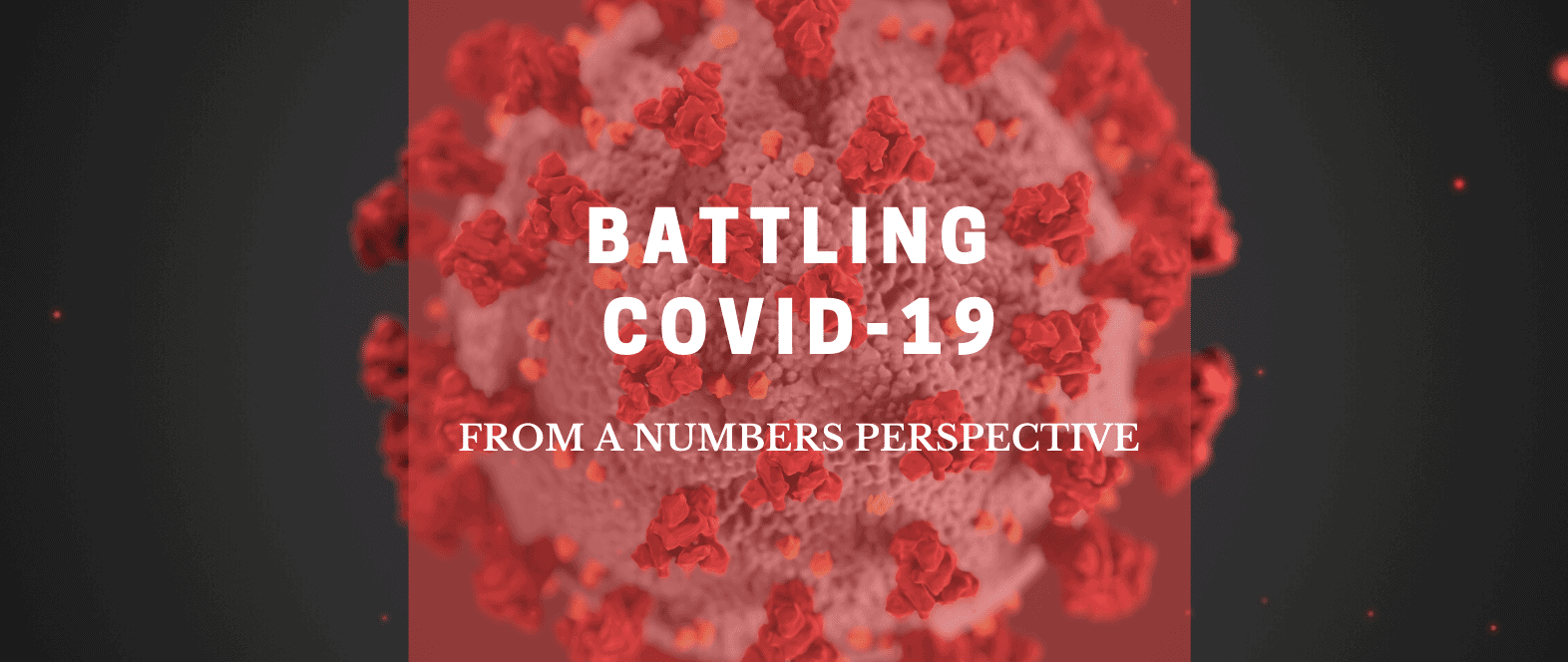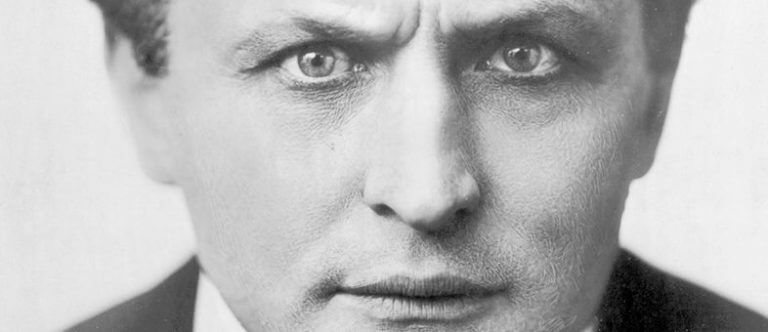Battling COVID From a Numbers Perspective
It’s an age-old math problem that seems counterintuitive: Would you rather be given $1,000,000 right now, or one penny that doubled each day for 30 days? The latter solution would net you over $5,000,000, even though you would only be at just over $600k on Day 27. Let’s look at this from another angle. Imagine that there is a single lily pad in a pond, and it doubles in size every day until it covers the pond on Day 30. On which day did it cover only half of the pond? It’s tempting to say Day 15, or the halfway point. But that would be thinking linearly.
The correct answer is Day 29. By Day 31, it would cover the equivalent of 2 ponds. By Day 32, 4 ponds. And so on and so forth. It’s the same math that makes investments difficult for many, and makes it difficult to contemplate how a pandemic can get out of control so quickly. Things that seem benign early on can quickly spiral out of control to a point of no return.
And therein lies a huge problem. Understanding the mathematics of a pandemic requires an understanding of both exponential grown and conditional probability. That’s why we have so many articles written to explain the mathematics behind COVID-19. I was a mathematics major in college, and much of it is counterintuitive to me!
Because we have a hard time contemplating the future effects, we prioritize the present over the future. We believe that wearing masks “doesn’t matter,” we ignore the advice of top doctors who teach us that greater social distancing could curb this virus in 13 weeks (source: https://www.sydney.edu.au/news-opinion/news/2020/03/25/greater-social-distancing-could-curb-covid-19-in-13-weeks.html), and we create a holding pattern that is making things much worse than they need to be.
Add to this the concept of confirmation bias, which I wrote about extensively in an earlier blog post (https://www.kevinviner.net/articles/confirmation-bias-people-really-agree/). We attribute more validity to opinions that match our own ideology instead of trying to stick with facts. In other words, we substitute opinions for facts. So when we hear that masks don’t matter, that the situation isn’t really as bad as people think it is, and that it is going to “disappear on its own,” we ignore the science that shows us that it simply isn’t so.
In a world that seems to be increasingly divided, now is a good time for us all to admit that we don’t really know it all. If we subscribe to one set of beliefs, we should constantly question them to see if what we believe is actually true, or something that we are simply subscribing to because it is easier for our brains to consider. Great companies don’t just assume they have the right answer. They bring in 3rd parties to question, to audit, and to innovate. And we should do the same in our personal lives. Innovation expert Greg Satell says “Don’t look for a great idea. Look for a good problem.” We find problems by asking questions. If we can all ask better questions, we will get closer to a real solution. And I believe that is a goal that we can all share in unity.
Kevin Viner
I’m a professional mentalist who travels the world performing. Beyond my profession, my interests include writing music, guitar, aviation, martial arts, and mathematics.







Thank you Kevin for the “math” lesson………… it really shines a light on the issue and indirectly the solution in front of us. Only the best to you and your family.
Dave
Thank you, Dave. We are well, and I hope the same for you and yours. Looking forward to seeing you again, hopefully in person. 🙂